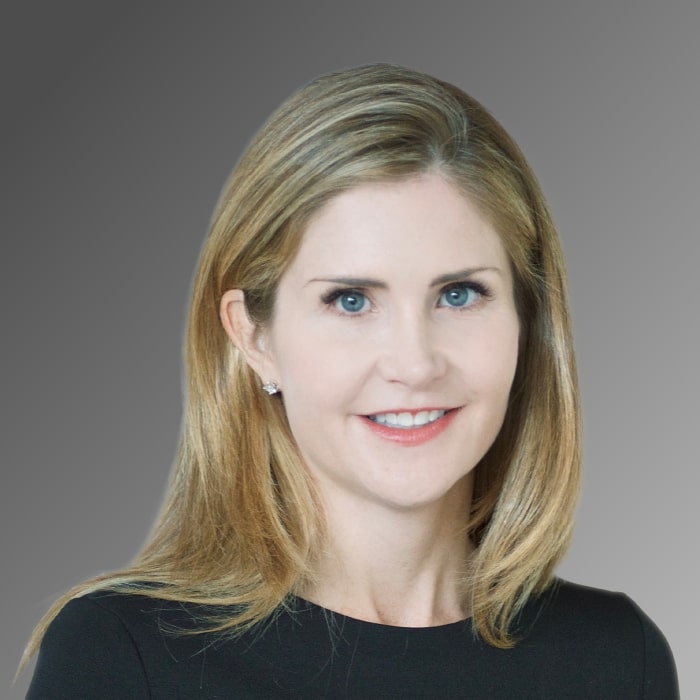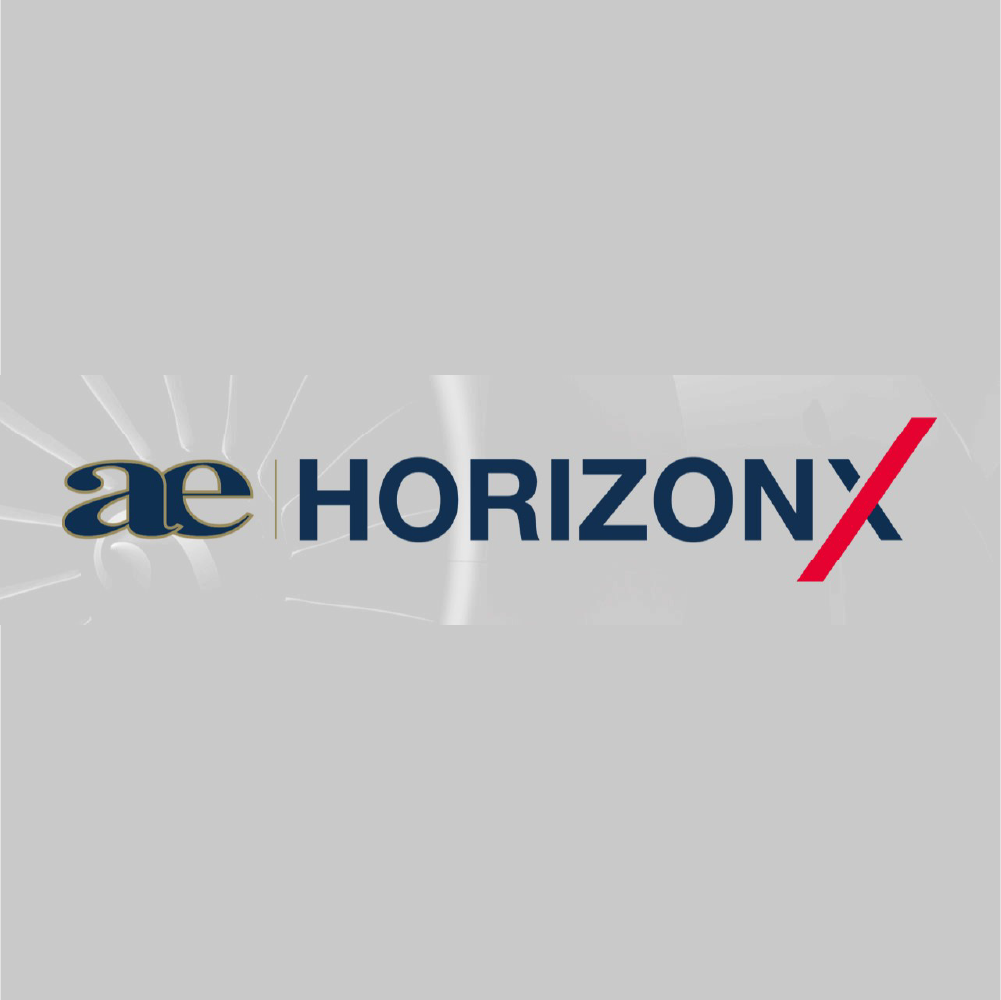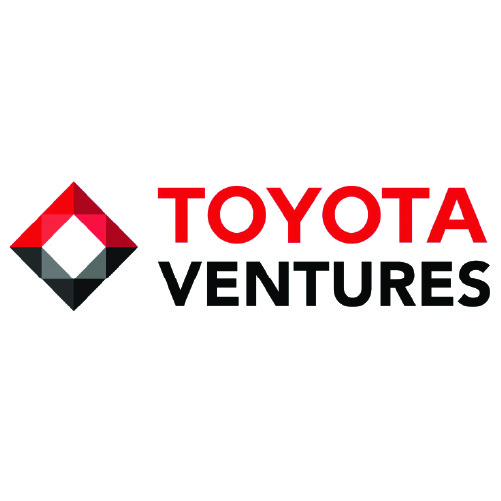New Vista Capital’s Bartok Touw Adds Value with Later-Stage Financial Insights
May 13, 2024
Interviewed by Nicolas Sauvage on August 19, 2021
New Vista Capital Managing Partner Kirsten Bartok Touw says an investor’s technical and domain expertise is invaluable during the seed stage, CVCs can add more value later by helping portfolio companies solve financing issues. She joined TDK Ventures President Nicolas Sauvage on Corporate Venturing Insider, explaining that “as you get to A and series B, like series capital-intensive businesses need to think about capitalization differently” and develop well-thought-out business plans.
A Born Entrepreneur
Growing up in an entrepreneurial household, majoring in economics and political science at the University of Pennsylvania, and earning an MBA from Stanford, Kirsten seemed destined for a career in finance, and that’s exactly where she wound up. As managing partner of New Vista Capital.
Between degrees, she gained valuable experience in Goldman Sachs’ investment banking division.
“I found that I really enjoyed the finance aspect of investing in businesses and how essential capitalization and growth is to a company’s progression and long-term success,” she said.
During graduate school in the heart of Silicon Valley, she couldn’t help but be swept up in the goings-on in the venture and technical development scene. Her first job after grad school was working at Hambrecht & Quist’s venture arm, a $350 million investor in mid-stage growth technology companies.
“It was kind of the wild, wild West in the late 90s when I got there. and there was a lot of collaboration between investment banking and investment research, which probably wasn’t as fully allowed as it would be today,” Kirsten said. “It’s hard to learn from the corporate side; you need to get that apprenticeship from sitting on boards, understanding how to structure term sheets, and learning by doing. And that’s what we did.”
When Chase Capital acquired the company, “we became even more of a corporate venture capital firm where we were able to look at Fintech and technologies that were being incorporated into the bank at the time,” she noted. The focus shifted from relying on bankers as trend-spotters and industry experts to evaluating how the CVC could assist the new parent company as a cybersecurity, finance, data center, and other technology customer and accelerate its development.
“Today, as we look at fintech and, and crypto and all of that, it was just starting in the early 2000s, but it was central to where Chase was going, and we were able to test out technologies like middleware because we were at the advent of the conversion from server-based software to cloud computing and the migration out to the edge, which we would see kind of come to fruition over the next 20 years.”
Applying the Lessons
Today, with New Vista Capital, Kirsten primarily invests in aerospace, defense, communications, logistics, and transportation startups with long-term horizons. Seeing how those fintech technologies became a reality in decades rather than years gives her the perspective and perseverance she needs to participate in these industries.
“The things I’m seeing in my world today have so many similarities because there were many investments we made back in the early 2000s that would eventually come to fruition, but we just were too early,” she lamented. “The middleware wasn’t there. The processing power, the edge computing, that people would eventually have in the palm of their hand with their iPhones or other devices that drive the technological innovation in e-commerce or the internet (have become) mainstream.”
She said understanding the need to stick with investments for a longer time has led her to assign greater weight to the “building blocks” of a great startup. She wants to know what technological infrastructure a potential portfolio company needs to create and realize its vision.
Kirsten said that in the mid-2010s, she and her partners began seeking ways to capitalize on the connection between Silicon Valley and old-school aerospace because “until electrification and autonomy came around, aerospace was pretty boring. There was not much difference between the aircraft of 50 years ago and the aircraft of today. But once I started to see changes occur there, we started to invest on our own, predominantly at the seed and the series A round, where we thought we could add value, where our specific expertise of combining the worlds of the traditional general aviation OEMs with the new technologies that were coming on, and we’ve actively expanded that.”
She noted that these industries and investments have skewed toward space, communications, logistics, and transportation propulsion relating to large assets. Because these deep-tech startups are so asset-intensive and highly regulated, they require a unique investment approach in addition to truckloads of cash. New Vista Acquisition Corp. and its investment vehicle New Vista Capital actively seek targets for their SPAC and opportunities for private capital investing in later series C and D rounds for emerging tech in aerospace and defense.
Debt and Capital
Operating in these verticals multiplies the importance of startups’ thinking futuristically and informing their decisions through proven business models. Because both the entrepreneurial organization and its customers require lots of ready cash, startups and the funds that invest in them also must understand the benefits of leveraging debt capital to raise funds. They emphasize the need for entrepreneurs to make the most efficient use of debt capital for generating operating funds.
“If we’re talking about aircraft, it could be multiple millions of dollars. These things are expensive,” she emphasized. “So, your customers need to raise debt to operate those. That is a much cheaper and less dilutive source of capital. It’s available and structured, so it’s an opportunity and how you leverage your business model is a function (of finance) You need to make a decision, one or the other way about where you’re going to leverage those capabilities.”
In evaluating these asset-intensive businesses, Kirsten considers operating models as an area where she can add value. She borrows concepts that have worked in other aerospace businesses and applies them to new verticals such as drone delivery and air taxis. Full-stack and vertical integration have proven effective in this niche, she said. In commercial aerospace, businesses cannot own the customer because the value chain rules from equipment manufacturers to operators, to maintenance teams to the passengers.
“I try to create value and understand thematically where I want to go. So, one of the things that has been incredibly successful is full stack companies owning the rails or the roads and bundling, Kirsten explained. “You have to not be disintermediated by people who can do it cheaper. It’s not just having a better product; you have to continuously renovate and own the customer experience.”
More capital, more planning, and more integrated value chains require longer nurturing periods, not only in transportation but also in cleantech, Kirsten said. The time and resource allocation must add value and create barriers to entry and switching costs to keep customers interested.
“You need to be thinking far out. And if you don’t have an understanding of how business models have succeeded or failed, you need to be able to inform yourself to have that historical perspective,” she said. “I can’t tell you what company you are and which path to take, but I certainly want you to be the funnel in which all that information is processed and then make the best decision with a cogent argument about the best path and approach to your market.”
Differentiation and Customer Service
For startups trying to disrupt established industries, differentiation is critical if they are to stand out in crowded markets. They should intimately understand customer needs and design solutions that uniquely meet those needs. This involves putting themselves in their customers’ shoes.
“Whether you look back at Silicon Valley and traditional hardware, or you look back at aerospace…we’ve often had engineers who don’t really experience the product in the end design,” Bartok Louw said in a recent interview. “You’ve got to have both ends and think far in advance.”
As an investor, Bartok Louw aims to help her portfolio companies develop this customer-centric mindset and translate it into sustainable business models. She believes investors should differentiate themselves by offering strategic advice tailored to the specific challenges of their portfolio companies’ industries.
“One way to do this is to have deep domain expertise in the industries you invest in and to leverage that expertise to help your portfolio companies navigate the unique challenges and opportunities of those industries,” she explains. She says due diligence can eliminate mistakes in evaluating technologies and use cases, leaving only market risk to contend with. “If you’re going to make a mistake, it’s going to be because your estimation or your guess, your thesis about where that momentum is going, that trend is wrong.”
She said in the industries where her expertise lies, she can help companies think through how to intelligently raise and deploy growth capital, including alternatives to traditional venture capital and forging partnerships to share development costs. She can also help entrepreneurs decide what additional resources they need and find novel ways to provide them.
In the end, startups must be the architects of their destinies. But by offering informed perspectives on everything from capital to customers, investors like Louw aim to give them an edge. Differentiation — for both startups and the investors backing them — is essential.

 Businesses in cleantech and transportation require more capital, planning, and integrated value chains than other sectors, requiring longer nurturing periods. The time and resource allocation must add value and create barriers to entry and switching costs to keep customers interested and make investments worthwhile.
Businesses in cleantech and transportation require more capital, planning, and integrated value chains than other sectors, requiring longer nurturing periods. The time and resource allocation must add value and create barriers to entry and switching costs to keep customers interested and make investments worthwhile. 



















